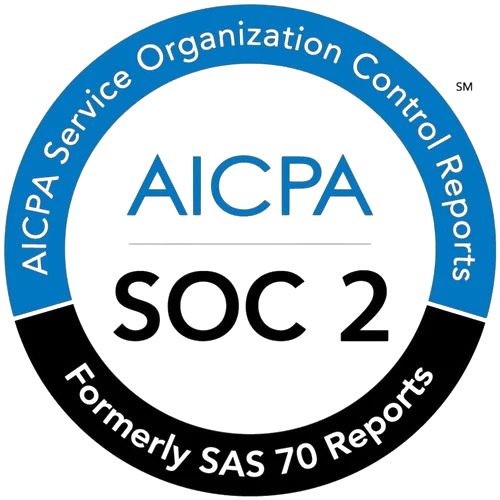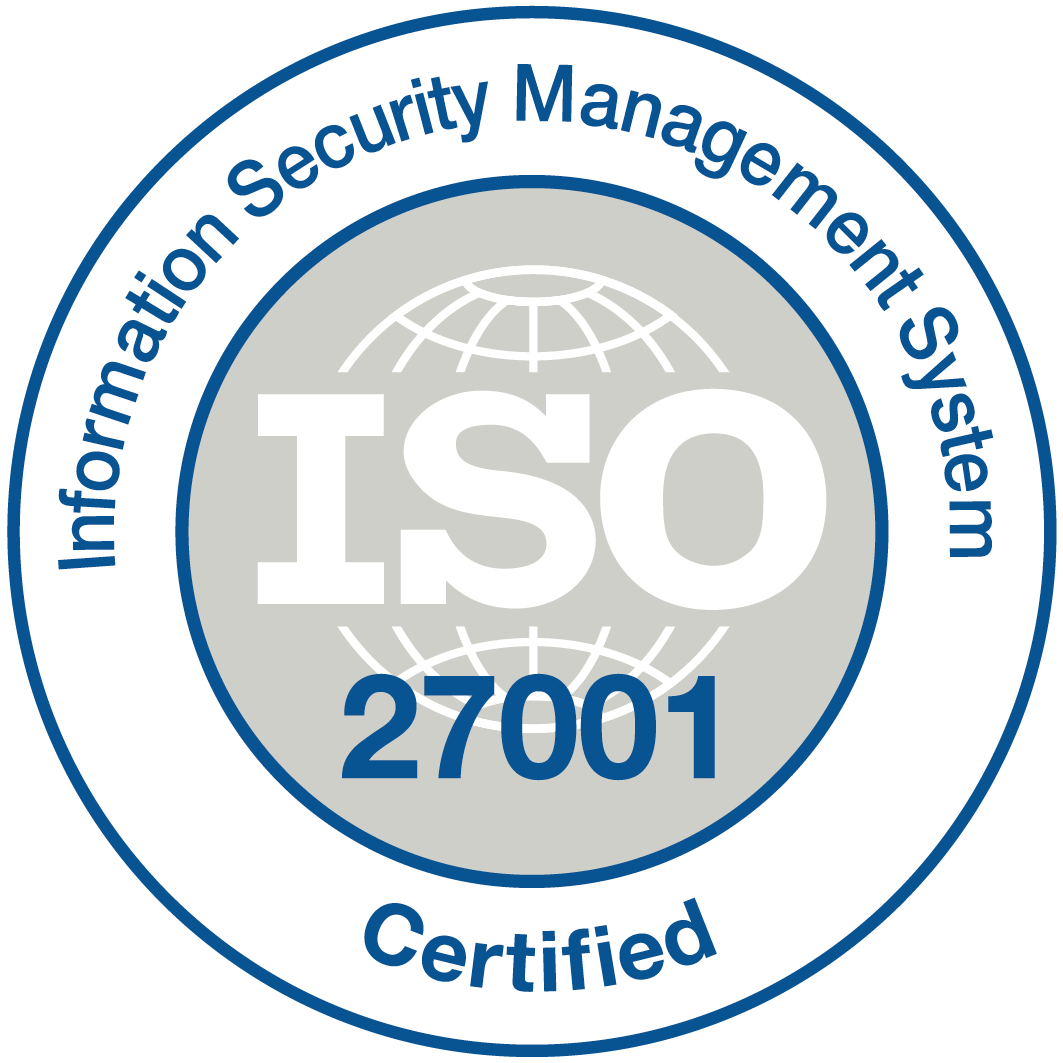Navigating the future: The basics of telehealth coding unveiled

As the healthcare landscape continues to evolve, telehealth has emerged as a game-changer, offering patients greater access to care from the comfort of their own homes. But as the popularity of virtual visits increases, medical professionals must also navigate the intricacies of telehealth coding. Understanding the basics is essential for ensuring accurate billing and maximizing reimbursements, so let’s explore the fundamental aspects of telehealth coding in today’s digital age.
What is Telehealth Coding?
Telehealth coding refers to the process of assigning appropriate medical codes to remote healthcare services provided via telecommunications technology. These codes are essential for billing insurance companies and receiving proper reimbursement for services rendered. Telehealth encompasses a range of services, including video consultations, remote patient monitoring, and even phone consultations, each requiring specific coding guidelines.
Key Components of Telehealth Coding
1. Understanding CPT Codes: The Current Procedural Terminology (CPT) codes are foundational to telehealth billing. These codes are used to describe the procedures and services provided during patient encounters. Within telehealth, certain CPT codes are designated specifically for virtual visits. It’s critical to select the right code to reflect the service accurately, whether it’s a new patient visit, a follow-up appointment, or a mental health consultation.
2. Modifier 95: In the realm of telehealth, modifiers play a vital role in indicating that a service was conducted via telecommunication means. Modifier 95 is added to the CPT code to signify that the consultation or service took place using a real-time interactive audio and video telecommunications system. Understanding when and how to apply this modifier is crucial for compliance and reimbursement.
3. ICD-10 Diagnosis Codes: Coding isn’t limited to procedures; it also includes diagnosis codes. The International Classification of Diseases (ICD-10) codes provide information about the patient’s condition and must be documented accurately. Ensuring that the ICD-10 codes support the services billed is essential for proper reimbursement.
4. Documentation is Key: Comprehensive documentation is vital in telehealth services. Clinicians must maintain detailed records of the patient consultation, including the technology used, the duration of the encounter, and the clinical decision-making involved. This documentation not only supports the billing process but also ensures compliance with regulations and safeguards against audits.
5. Medicare and Medicaid Regulations: Telehealth reimbursement policies vary by payer. While many private insurers have expanded coverage for telehealth services, Medicare and Medicaid have specific regulations that dictate what services can be billed and how. For example, Medicare has temporarily expanded coverage for certain telehealth services due to the COVID-19 pandemic, but it’s important to stay updated on any changes in policy.
The Takeaway
As telehealth continues to redefine healthcare delivery, mastering the basics of coding is an essential skill for healthcare providers. Accurate coding not only facilitates proper reimbursement but also enhances the efficiency of healthcare operations. As a healthcare professional, understanding the nuances of telehealth coding can empower you to embrace this innovative approach to patient care with confidence.
In summary, by familiarizing yourself with CPT codes, using the appropriate modifiers, maintaining diligent documentation, and staying informed about payer regulations, you will be well-equipped to navigate the world of telehealth coding. Embrace the opportunity to enhance patient access to care while ensuring your practice thrives in this digital healthcare era. With the right knowledge and skills at your disposal, your journey into the realm of telehealth coding will be both rewarding and transformative!






